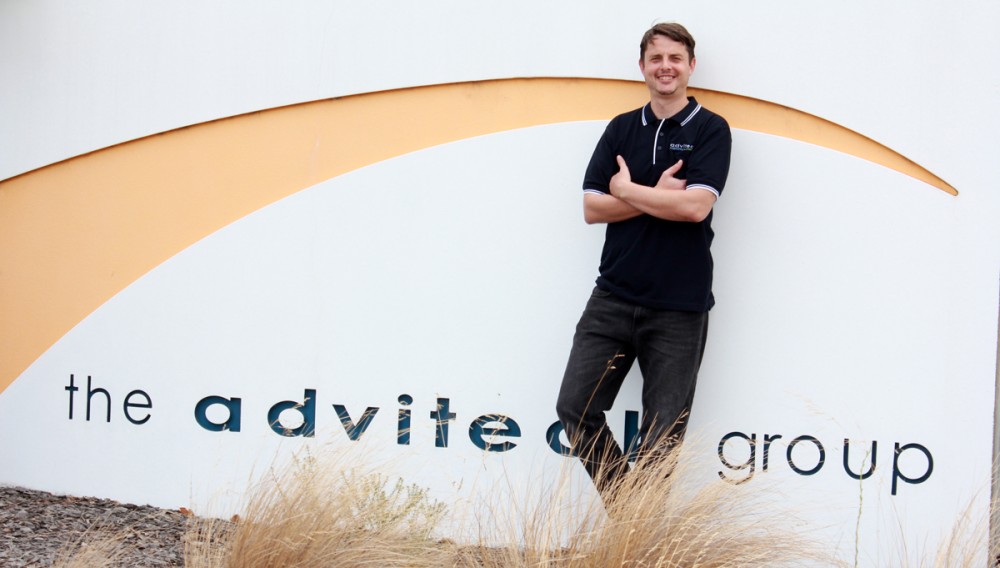From the 25 February, many Newcastle, Hunter, Central and North Coast developers and land users will be subject to the NSW governments’ Biodiversity Offsets Scheme. An additional 6,000 developments are likely to be faced with biodiversity offsets costs each year.
Growing businesses looking to develop a larger footprint should take the potential offset costs into consideration when purchasing land and preparing building plans.
Businesses required to offset their developments will need to purchase like for like credits or pay into a fund managed by the Biodiversity Conservation Trust. Once a payment is made into the fund, the Biodiversity Conservation Trust becomes responsible for finding the offsets needed for a development.
How can you avoid or minimise offset costs?
Minimising the impact of a development so it doesn’t trigger the need for offsets is beneficial to both the developer and the environment. Developers will now need to consider the biodiversity value of the land on which new developments are being planned.
The Biodiversity Assessment Method and Offsets Scheme are intended to firstly avoid and minimise impacts to biodiversity, and then offset any residual impacts. Seeking advice to identify areas of high conservation value and help develop strategies to avoid and minimise impacts can significantly reduce possible offset obligations.
What developments are subject to assessment?
Developments subject to the Biodiversity Assessment Method include those requiring consent under Part 4 of the Environmental and Planning Assessment Act 1979 (EPA & AAct) (excluding complying developments) that have an impact that meets or is above the Biodiversity Offset Scheme threshold or are located in areas of High Biodiversity Value, State Significant Development and State Significant Infrastructure.
Who can undertake biodiversity assessments?
The act requires that all assessments under the Biodiversity Assessment Method must be under taken by an Accredited Biodiversity Assessor, registered by the Office of Environment and Heritage.





